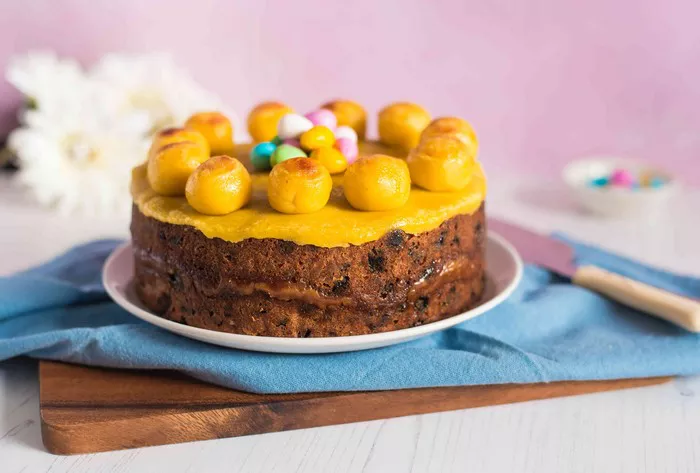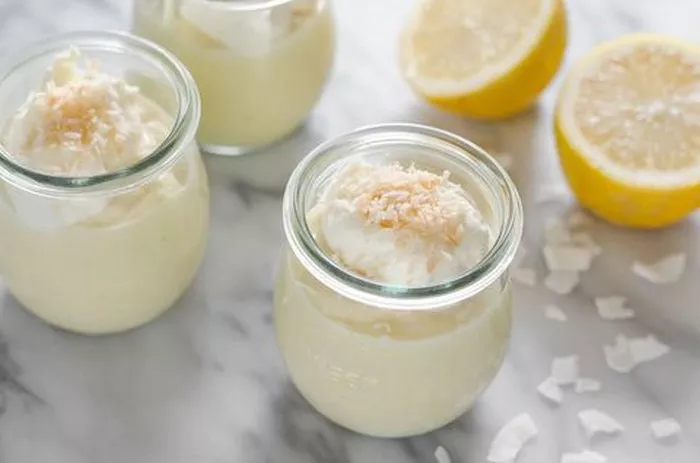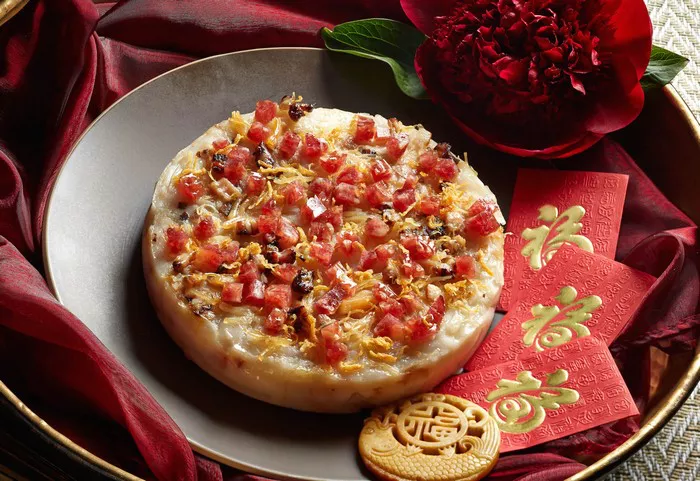When it comes to creating the perfect cheesecake, the choice of cheese plays a pivotal role in determining its flavor, texture, and overall decadence. Selecting the right type of cheese can make the difference between a velvety, creamy masterpiece and a disappointing dessert. In this article, we’ll explore the various types of cheeses that can be used to make a delicious cheesecake, providing you with insights into their unique qualities and how they can elevate your dessert game.
Aspect 1: Cream Cheese Varieties for Cheesecake:
Cream Cheese Base: The most traditional and widely used cheese for cheesecake is cream cheese. Its rich and smooth texture creates the quintessential cheesecake consistency.
Regular Cream Cheese: Regular cream cheese offers a balanced flavor and is readily available in grocery stores, making it a convenient choice for classic cheesecakes.
Neufchâtel Cheese: Neufchâtel is a slightly lighter version of cream cheese with a tangy taste. It’s a great option for those looking for a slightly less indulgent cheesecake while retaining the creamy texture.
Aspect 2: Mascarpone Cheese for Luxurious Creaminess:
Mascarpone Excellence: Mascarpone cheese is known for its velvety texture and delicate flavor. When used in cheesecake, it lends a luxurious creaminess that’s perfect for creating elegant, Italian-style desserts.
Blending with Cream Cheese: Combining mascarpone with regular cream cheese can add depth and complexity to the flavor profile of your cheesecake while maintaining a silky texture.
Aspect 3: Ricotta Cheese for Lighter Options:
Ricotta Wonder: Ricotta cheese is an excellent alternative for those seeking a lighter cheesecake. Its grainier texture adds a unique touch, and its milder taste complements a variety of toppings and mix-ins.
Ricotta-Based Cheesecakes: Ricotta-based cheesecakes are popular in European and Italian cuisines. They often feature a delightful combination of ricotta and citrus flavors.
Aspect 4: Cottage Cheese for Protein-Packed Treats:
Cottage Cheese Magic: Cottage cheese can surprise you with its ability to create a protein-rich cheesecake that’s also lower in fat. When blended thoroughly, it can achieve a smooth consistency.
Texture and Flavor: Cottage cheese-based cheesecakes tend to have a slightly curd-like texture, adding an intriguing dimension to your dessert.
Aspect 5: Combining Cheese Types for Complexity:
Mix and Match: Don’t be afraid to get creative by combining different cheese types in your cheesecake recipe. A blend of cream cheese and ricotta, for instance, can provide both creaminess and a hint of tanginess.
Balanced Ratios: Experiment with different ratios of cheese to find the perfect balance that suits your taste preferences. Combining cheeses can lead to unique and delightful results.
Aspect 6: Vegan and Dairy-Free Cheesecake Alternatives:
Non-Dairy Cream Cheese: For those with dietary restrictions, non-dairy cream cheese options made from ingredients like almond or soy can be used to create vegan and dairy-free cheesecakes.
Cashew and Tofu Bases: Cashews and silken tofu can serve as a foundation for vegan cheesecakes. These alternatives often require soaking or blending to achieve the desired creamy texture.
Conclusion:
In the world of cheesecakes, the choice of cheese is a key factor that determines the flavor, texture, and overall satisfaction of your dessert. Whether you opt for the classic richness of cream cheese, the velvety smoothness of mascarpone, the lightness of ricotta, or the protein-packed goodness of cottage cheese, each cheese type brings its own unique qualities to the table.

























